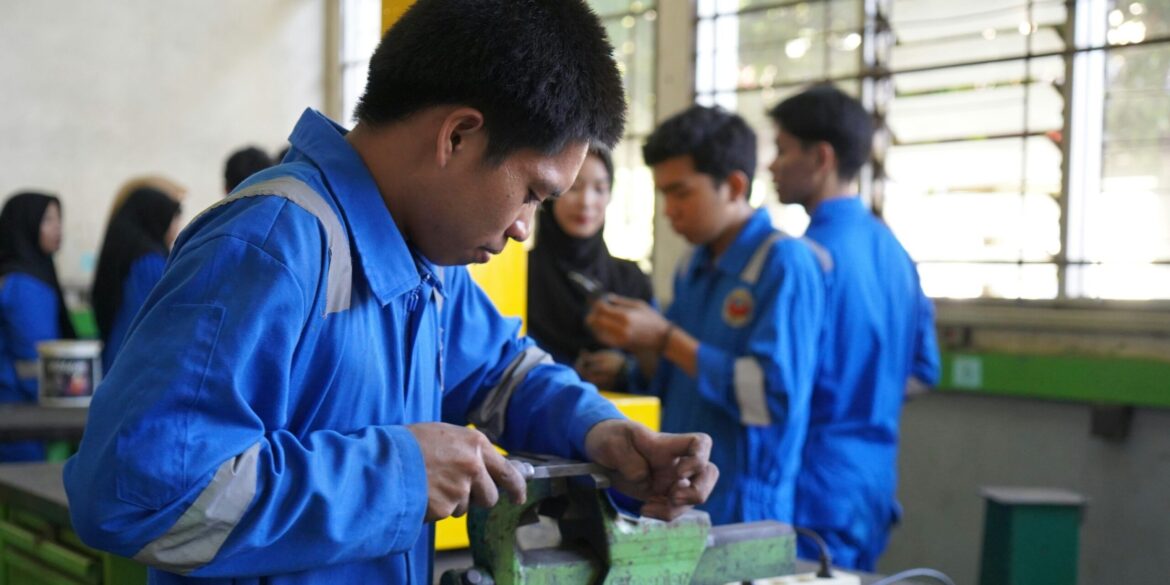As the United States marks World Youth Skills Day, the celebration is an opportunity not only to commend recent progress but to confront the systemic challenges that still hinder equitable access to job readiness. While major cities have launched high-profile initiatives linking students to emerging industries, many rural and low-income communities continue to lag behind. The national conversation must evolve from highlighting success stories to addressing who is still being left out.
In urban areas, workforce development agencies, high schools, and community colleges have made impressive strides in offering short-term certifications in fields like advanced manufacturing, digital literacy, and sustainable agriculture. These efforts—often backed by state or philanthropic funding—are vital, particularly as the economy grows increasingly reliant on tech-based skills and automation resilience. But even as some students are finding on-ramps to well-paying careers, others are left without basic access to similar opportunities.
This imbalance is especially pronounced in rural regions, where broadband infrastructure is limited, community college access is sparse, and transportation barriers further isolate students from training hubs. According to data from the U.S. Department of Education, youth in remote and underserved areas are significantly less likely to enroll in vocational training or earn industry-recognized credentials. For many, the lack of local options translates to an early exit from the labor pipeline, often into low-wage, unstable employment.
Low-income students face a similar structural disadvantage. While federal programs like the Workforce Innovation and Opportunity Act (WIOA) offer funding for training and career services, inconsistent implementation across states and limited outreach means many eligible youth are unaware of the resources available to them. Moreover, traditional models of technical education often fail to consider the financial pressures that force many students to prioritize immediate income over long-term skill-building.
To ensure youth skills training is truly equitable, policymakers and educators must prioritize scalable, community-rooted solutions. One promising approach is expanding apprenticeship programs tailored to regional labor market needs. By integrating on-the-job experience with technical instruction, apprenticeships not only build competence but also provide a paycheck—making them accessible to students who cannot afford to work for free or take on debt.
Community colleges can serve as pivotal anchors in this ecosystem, especially when they collaborate with local employers, high schools, and workforce boards. But to fulfill that potential, they require reliable federal and state investment—not just pilot grants or one-time funding rounds. A commitment to stable, long-term financing is essential to ensure these programs are not only launched but sustained.
Additionally, broadband and digital access must be treated as a prerequisite for participation in today’s economy. No student should be denied the chance to learn simply because their community lacks internet access or updated technology labs. Public-private partnerships can help bridge this digital divide, but the federal government must lead with infrastructure investment and policy coordination.
Ultimately, youth skills training isn’t just about workforce development—it’s about economic justice. A future that works for everyone demands that every young person, regardless of zip code or family income, has a fair shot at success. Aligning education with local job markets, providing financial support for learners, and removing structural barriers aren’t just smart economic strategies—they’re moral imperatives.

